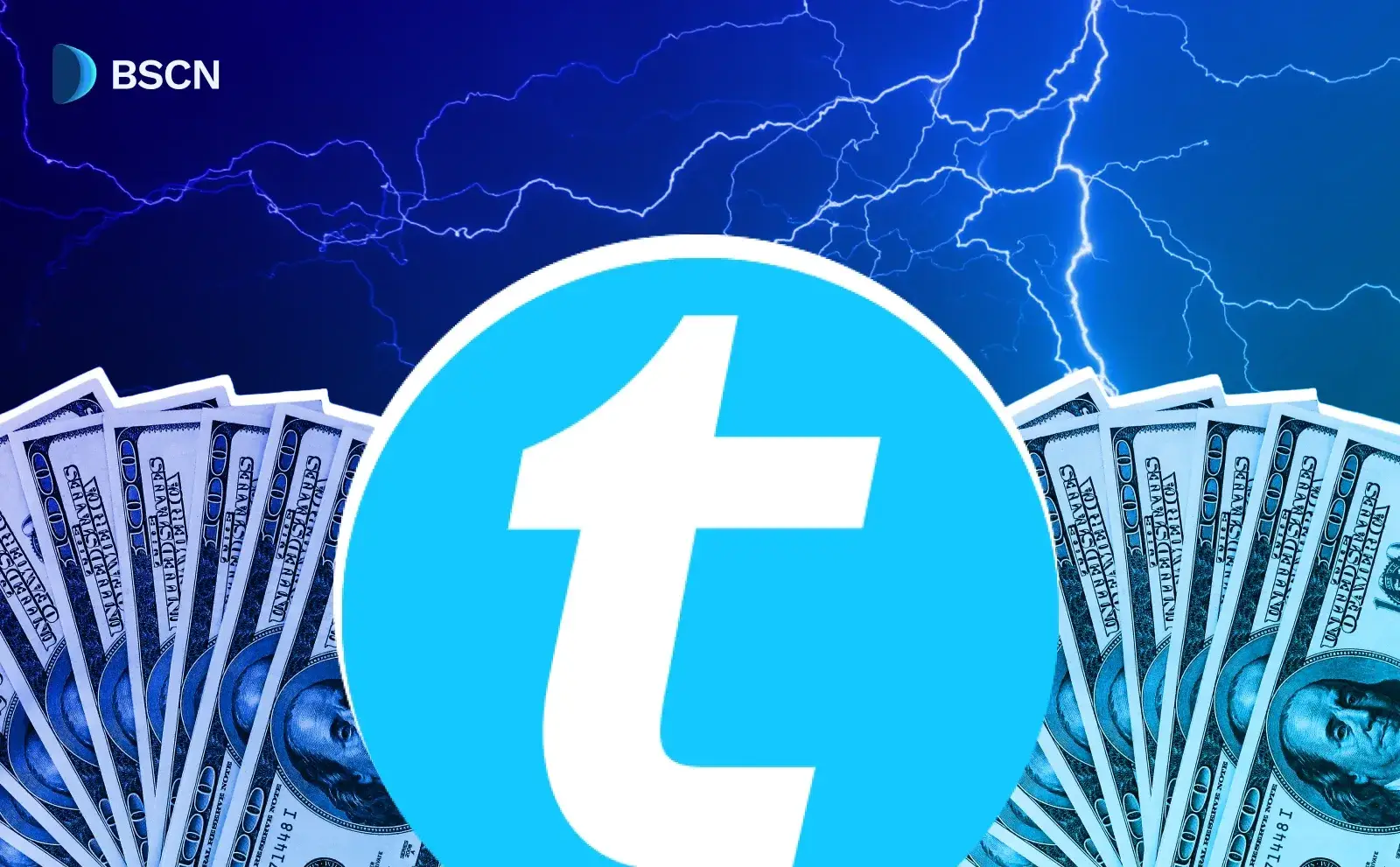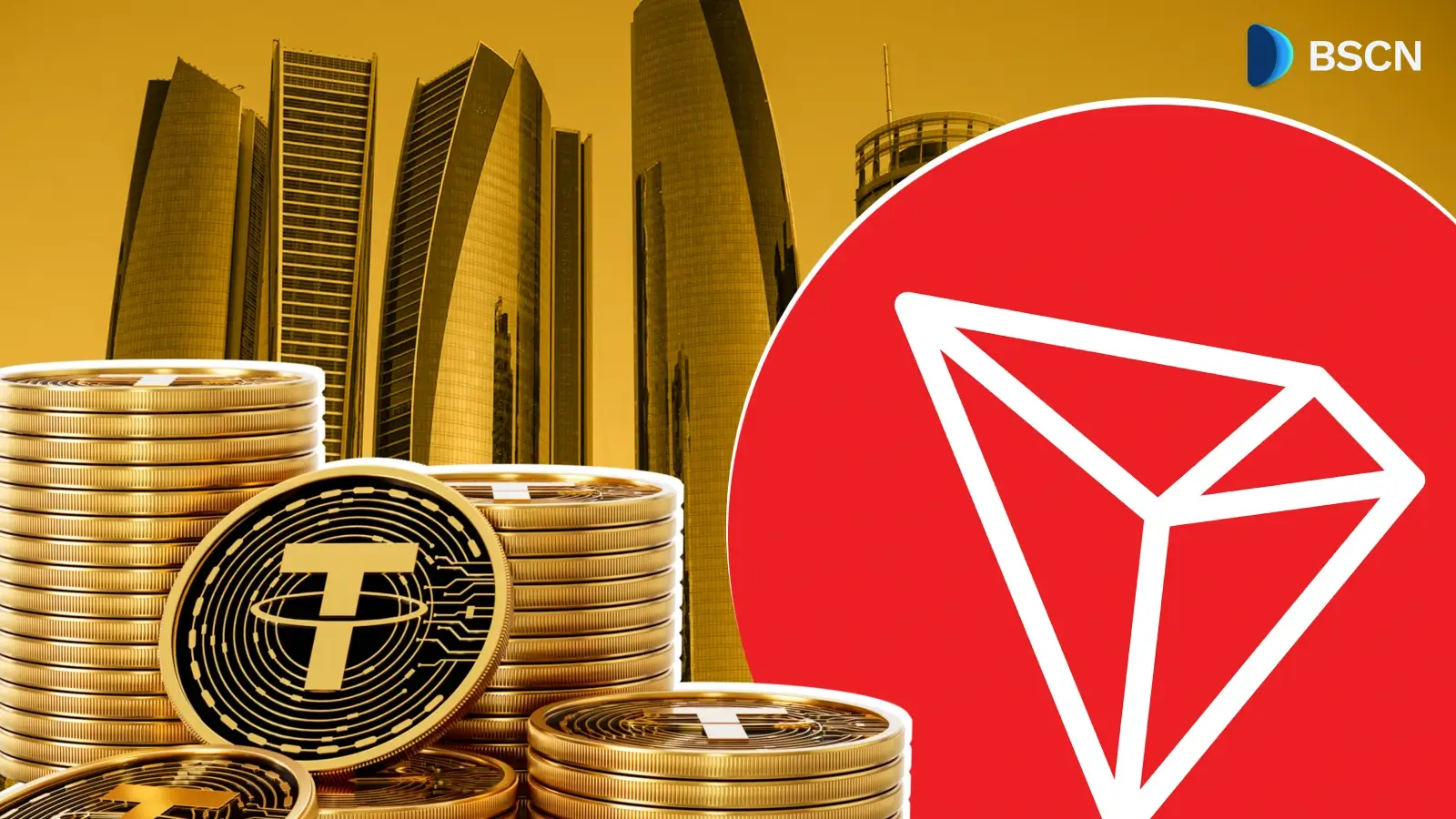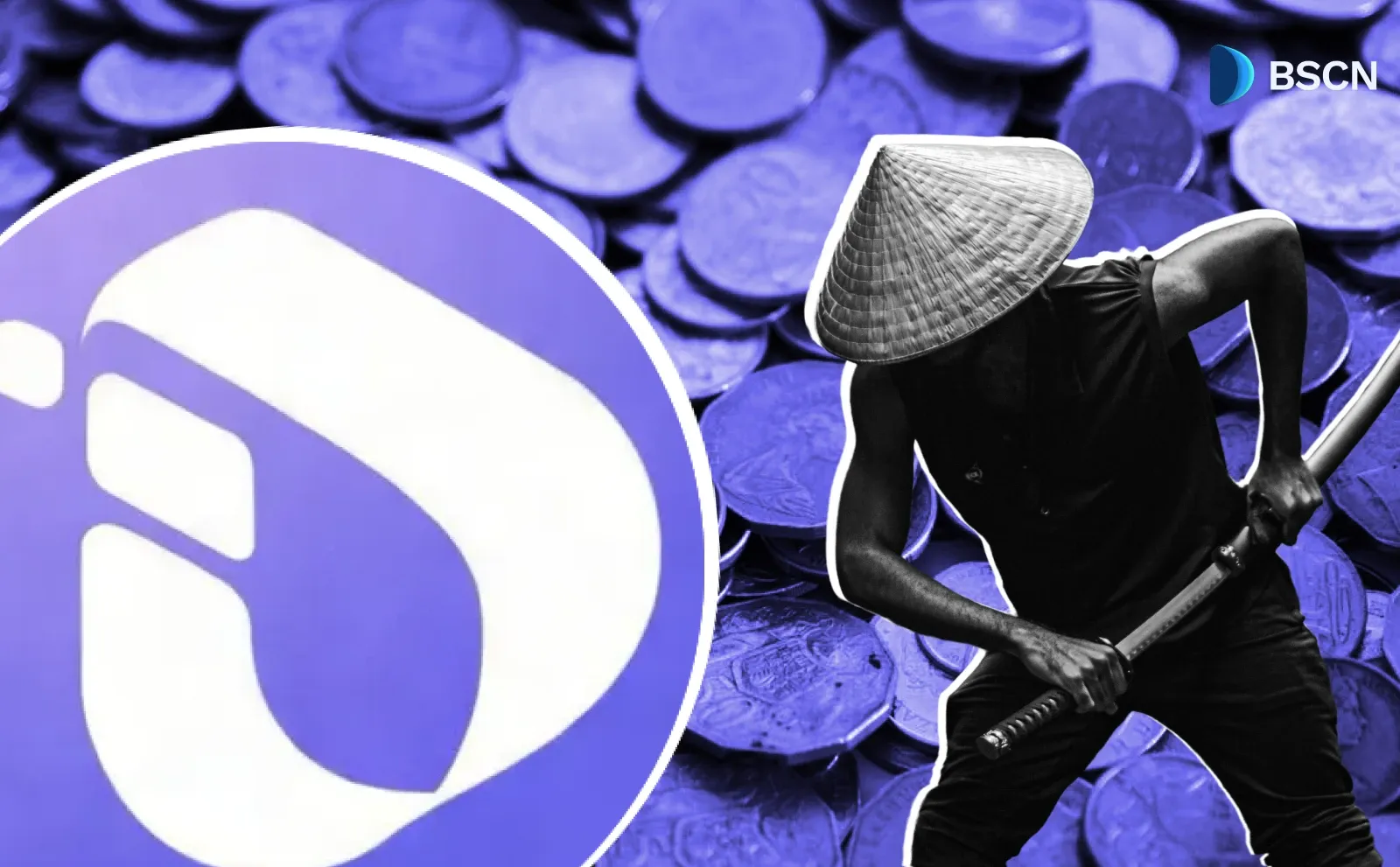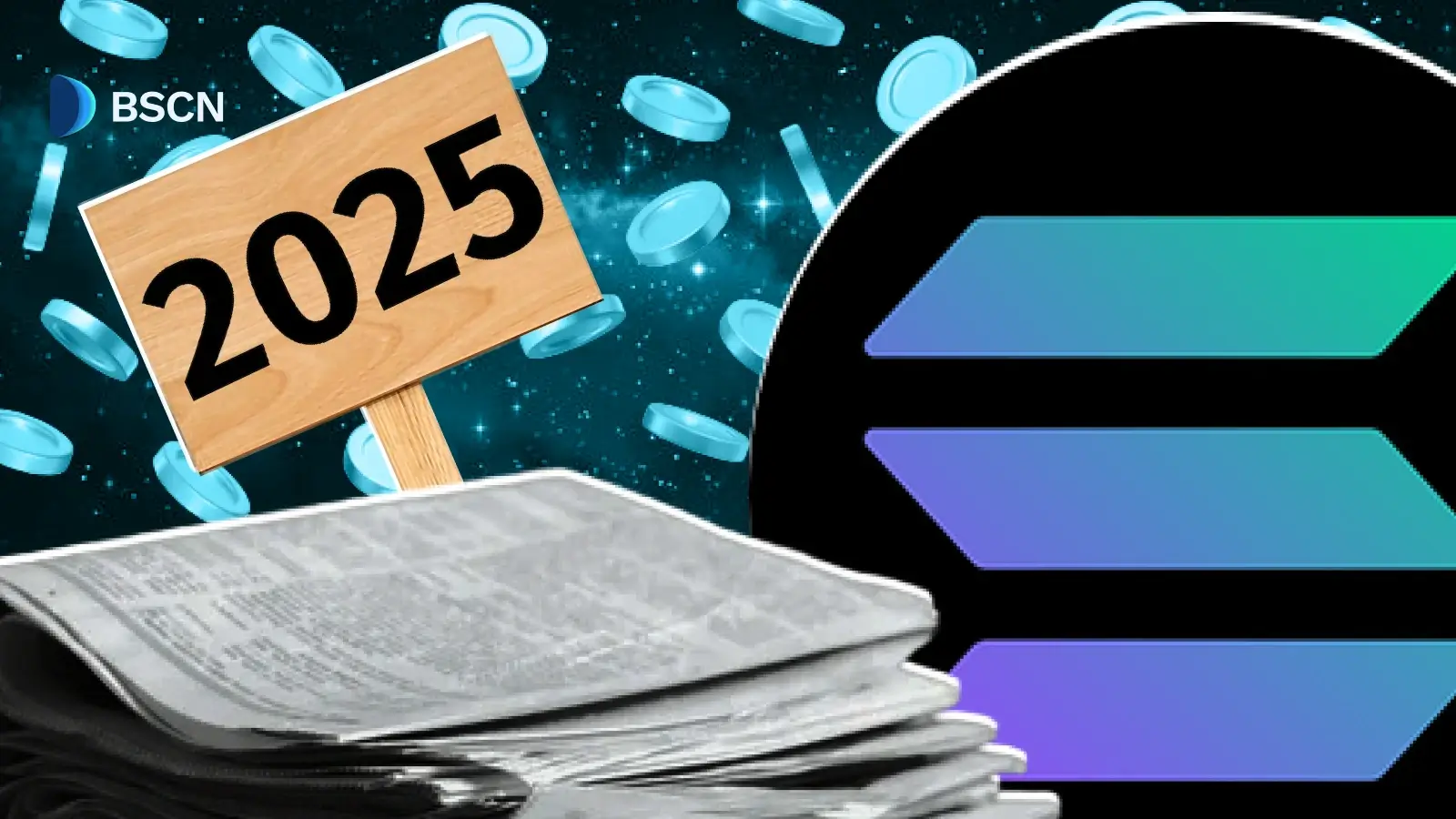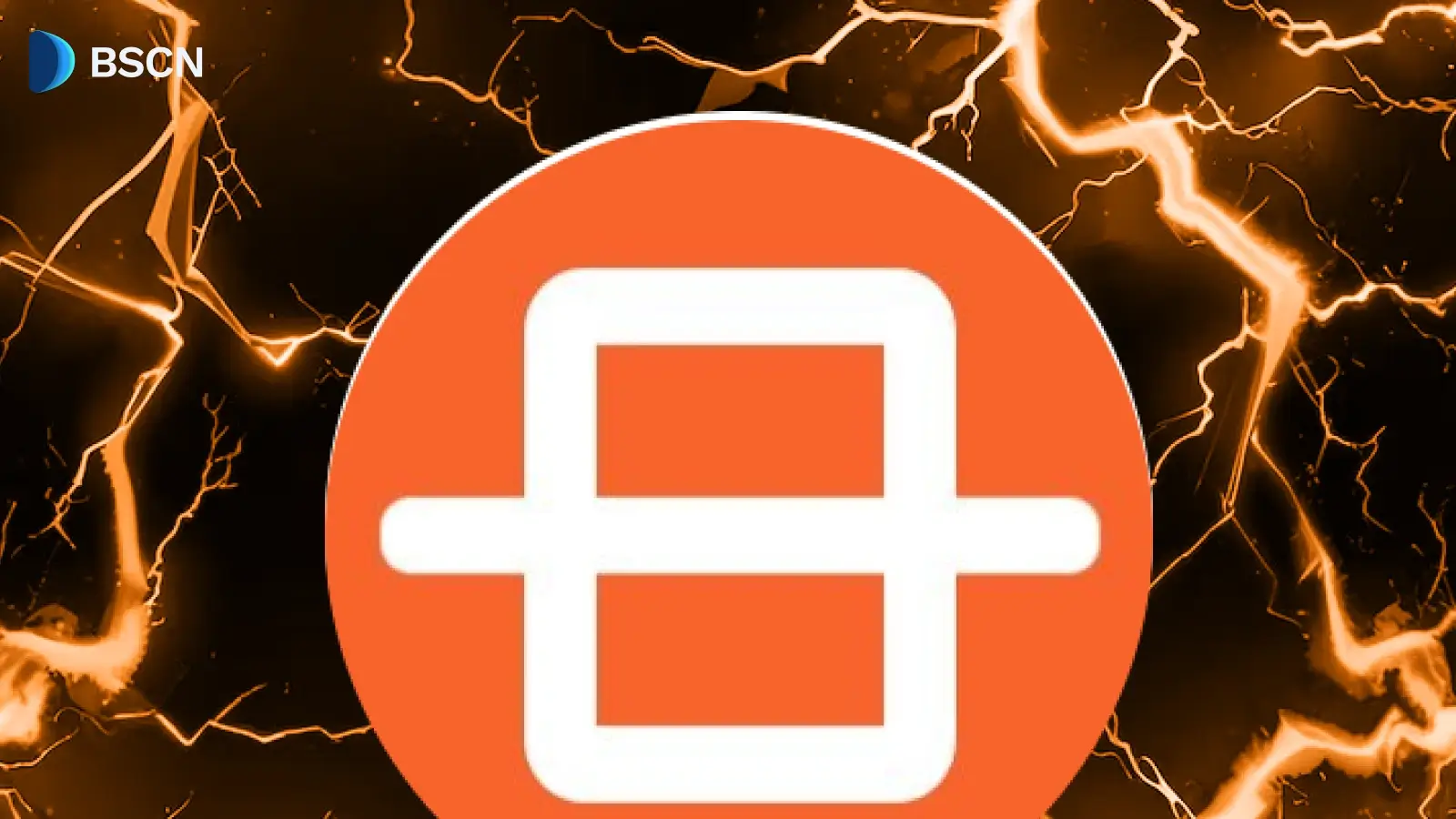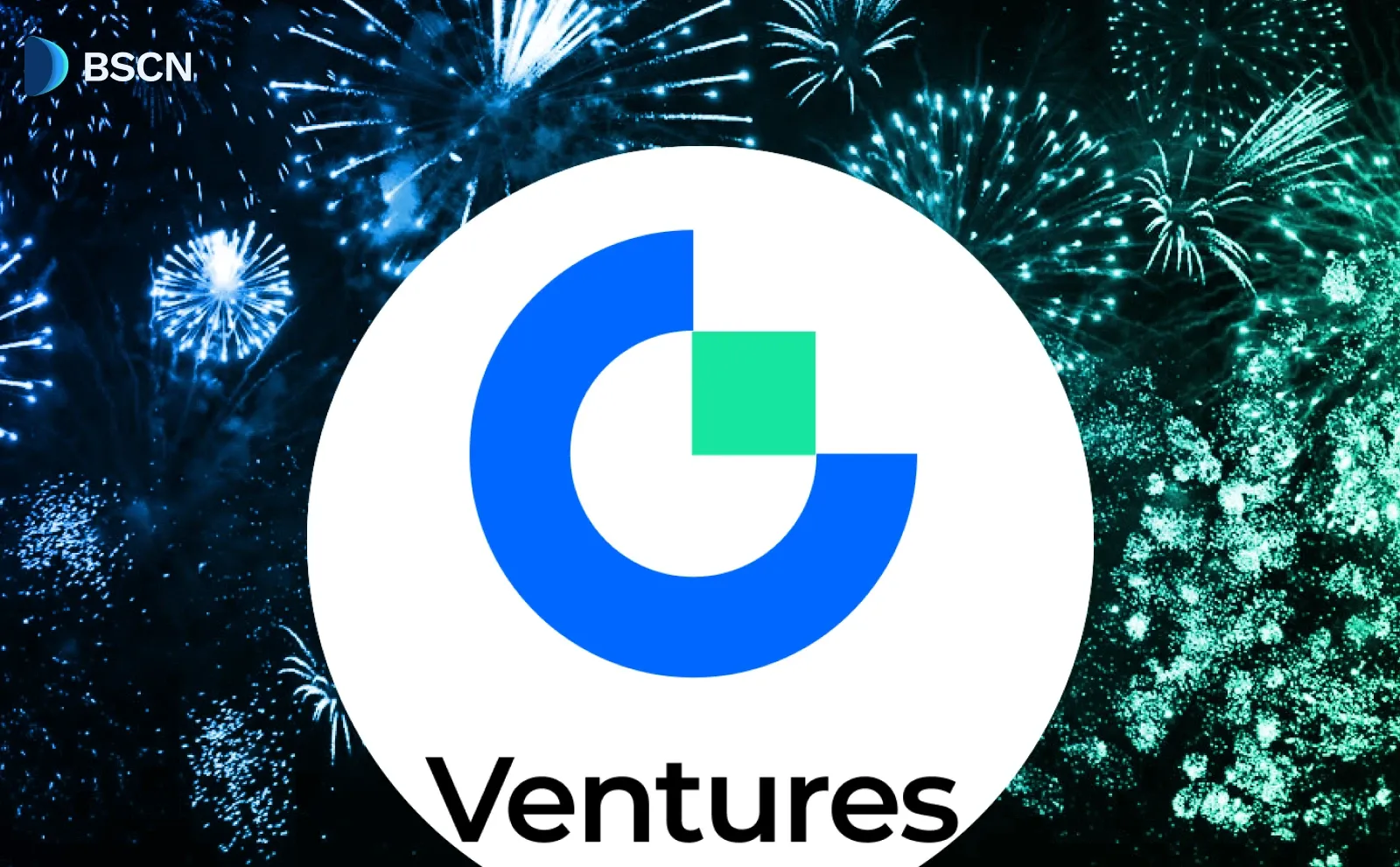Research
(Advertisement)
Exploring Core DAO Rev+: The Groundbreaking Revenue-sharing Initiative By The Core Foundation

Core DAO's Rev+ seeks to provide a steady income source for participants.
UC Hope
July 16, 2025
(Advertisement)
Table of Contents
Introduction to Core DAO Rev+ and Its Launch
The Core Foundation, the entity overseeing the Core blockchain, unveiled Rev+ in its H2 2025 Roadmap, marking a notable development in Web3 funding mechanisms. This revenue-sharing program targets stablecoin issuers, developers, and decentralized autonomous organizations (DAOs), aiming to distribute network fees based on user activity.
According to announcements shared on X and a recent publication by CoinTelegraph, Rev+ seeks to provide a steady income source for participants, potentially reducing reliance on traditional cryptocurrency launches for fundraising.
With stablecoins representing over one-third of DeFi revenue, Rev+ addresses a gap where issuers earn little from transaction activity. The launch followed a teaser post on July 14, 2025, from the official Core DAO account on X, building anticipation among blockchain enthusiasts. A subsequent post on July 15 detailed the program's focus on gas fee sharing, emphasizing its role in aligning incentives across the Web3 landscape.
How Rev+ Works: Mechanics and Revenue Distribution
Rev+ operates as an on-chain protocol that allocates a portion of the Core blockchain's gas fees to eligible contributors. Transactions involving smart contracts, such as stablecoin swaps, collateral adjustments, or vault operations, generate these fees, which are then distributed through direct payouts or a shared revenue pool.
1/ Rev+ will make Core the top chain for Bitcoin, builders, and stablecoins. 🔶
— Core DAO 🔶 (@Coredao_Org) July 16, 2025
For the first time, builders and stablecoin issuers on Core earn a share of gas fees based on usage.
Got users? Get paid.
Here’s how this changes everything. 👇🧵 pic.twitter.com/idSnGOyeAf
The revenue pool evaluates contributions using specific metrics, including total transaction volume, new unique user addresses, notional value of activities, and overall fees generated. Distributions occur in cycles, ensuring rewards reflect actual network usage.
Rich Rines, an initial contributor to Core DAO, explained in a statement to CoinTelegraph that while initial pool sizes may be limited, the model is designed to expand in tandem with network growth.
Hong Sun, institutional lead at the Core Foundation, noted in the publication: "Stablecoins now account for over one-third of DeFi revenue. Yet issuers do not earn revenue from transaction activity. Rev+ will change that by aligning incentives so that the projects powering Web3 actually get paid when their tokens move."
This approach aims to foster a more equitable system where value creators benefit directly from user engagement. The core blockchain itself integrates Bitcoin's security with EVM compatibility, enabling non-custodial staking. Users can stake Bitcoin without losing control, historically yielding an annual percentage yield (APY) of around 5%. Rev+ builds on this by incorporating fee-sharing into the protocol, complementing Core's 81-year token emission schedule for its native CORE token.
As of the latest data, Core boasts over 5.9 million active unique addresses, comparable to the population of Norway. This user base provides a foundation for Rev+ to scale when it eventually goes live.
Benefits for Stablecoin Issuers, Developers, and DAOs
Rev+ introduces a usage-based monetization framework, which could shift how Web3 projects secure funding. Developers, previously dependent on token sales, may now access recurring revenue tied to application performance. This reduces the need for speculative launches, which often contribute to zero-sum market dynamics where one token's rise drains value from others.
For stablecoin issuers, the program offers a direct path to earnings from on-chain movements, addressing a longstanding inefficiency in DeFi. DAOs and infrastructure providers also stand to gain, as rewards are allocated based on their role in driving network activity.
Industry observers point to broader implications. Charles Hoskinson, the founder of Cardano, has advocated for collaborative economic models in the cryptocurrency space. Speaking at Paris Blockchain Week 2025, Hoskinson described current tokenomics as "intrinsically adversarial" and "sum zero," urging a shift toward cooperative equilibria to counter threats from centralized tech firms entering Web3.
Rev+ aligns with this view by promoting shared incentives, which may accelerate adoption in Bitcoin finance (BTCfi). With Core's total value locked (TVL), including significant staked Bitcoin, above $400 million, Rev+ could attract more projects, enhancing liquidity and user retention.
However, challenges remain. Initial revenue pools may start small, requiring robust adoption to become substantial. Comparisons to existing models, such as Curve Finance's distribution of $130 million in fees since 2020, suggest that Rev+ must demonstrate unique value to stand out.
Potential Impact on Web3 and Future Outlook
Rev+ could catalyze a shift in Web3 economics, encouraging sustainable growth over speculative fundraising. By tying rewards to user value, it addresses criticisms of DeFi's circular economy, where gains are often fleeting and unsustainable.
For Core DAO, Rev+ reinforces its role in BTCfi by leveraging Bitcoin staking to attract stablecoin activity. If widely adopted, it may boost TVL and transaction volumes, creating a virtuous cycle of rewards.
Looking ahead, monitoring adoption will be key. While early pools may be modest, network expansion could amplify rewards. Developers and issuers interested in participating should focus on Core's updates for launch details.
Read Next...
Disclaimer
Disclaimer: The views expressed in this article do not necessarily represent the views of BSCN. The information provided in this article is for educational and entertainment purposes only and should not be construed as investment advice, or advice of any kind. BSCN assumes no responsibility for any investment decisions made based on the information provided in this article. If you believe that the article should be amended, please reach out to the BSCN team by emailing [email protected].
Author
 UC Hope
UC HopeUC holds a bachelor’s degree in Physics and has been a crypto researcher since 2020. UC was a professional writer before entering the cryptocurrency industry, but was drawn to blockchain technology by its high potential. UC has written for the likes of Cryptopolitan, as well as BSCN. He has a wide area of expertise, covering centralized and decentralized finance, as well as altcoins.
(Advertisement)
Latest News
(Advertisement)
Crypto Project & Token Reviews
Project & Token Reviews
Comprehensive reviews of crypto's most interesting projects and assets
Learn about the hottest projects & tokens


